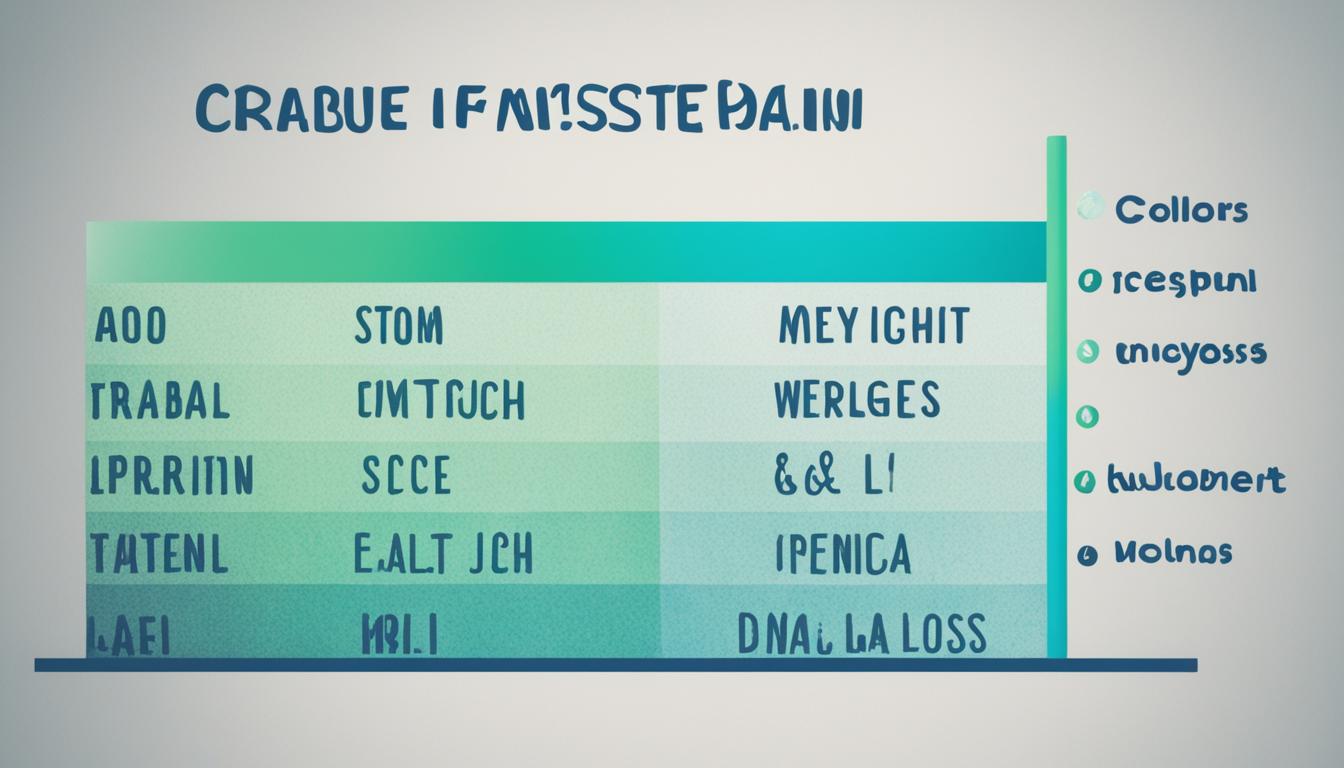The median arcuate ligament (MAL) syndrome, known by a few names, is rare. It affects the celiac axis, leading to various symptoms. MALS shows up as a lot of abdominal pain over time, trouble after eating, nausea, throwing up, and unintended weight loss.
It happens when a fibrous band of the diaphragm puts pressure on the celiac artery. This pressure causes blood flow problems in the stomach area, which then leads to the symptoms we talked about.
To diagnose MALS, doctors use imaging like angiography, ultrasound, or CT scans. These tests can show if the celiac artery is being squeezed, confirming MALS.
Up till now, doctors have mainly used surgery to fix MALS. But now, there’s another idea: stem cell therapy. This new method aims to relieve symptoms and help the body heal.
Knowing the signs, causes, and how to test for MALS is crucial. It helps doctors find it early and choose the best treatment.
Key Takeaways:
- MALS, also known as celiac artery compression syndrome or Dunbar syndrome, is a rare condition characterized by chronic abdominal pain and other symptoms.
- The anomalous fibrous band of the diaphragm, called the median arcuate ligament, compresses the celiac artery, leading to ischemic symptoms.
- Diagnosis of MALS can be done through imaging techniques like catheter angiography, Doppler ultrasound, or CT.
- Traditional surgical approaches and conservative management are commonly used to treat MALS. Stem cell therapy is an emerging treatment option that shows promise.
- Understanding the symptoms and diagnostic methods for MALS is crucial for accurate identification and appropriate treatment decisions.
Prevalence and Diagnosis of MALS
Median arcuate ligament syndrome (MALS) affects a small number of people. It has a prevalence rate between 1.76% to 4%. This means it’s not common but understanding it is crucial for those who do have it.
Diagnosing MALS uses several imaging techniques. MDCT angiography is often chosen. It uses a CT scanner to create detailed images of the celiac artery. This lets doctors see if the artery is pressed on by the median arcuate ligament, which is key in diagnosing MALS.
Doppler ultrasound is also used to check for MALS. It’s a safe test that uses sound waves to look at blood flow in the celiac artery. Any issues or blockages found this way can show that MALS might be present.
For a more detailed look, catheter angiography may be performed. It’s a bit invasive, as it involves a catheter in the artery to inject dye and then take x-rays. This method gives the clearest view of any pressure on the celiac artery by the median arcuate ligament, confirming MALS.
Comparison of Imaging Techniques for MALS Diagnosis
| Imaging Technique | Advantages | Disadvantages |
|---|---|---|
| MDCT Angiography | – High-resolution images – Non-invasive |
– Requires exposure to radiation – Contrast dye may cause allergic reactions |
| Doppler Ultrasound | – Non-invasive – No exposure to radiation |
– Operator-dependent – Limited by body habitus |
| Catheter Angiography | – Provides precise visualization – Can guide therapeutic procedures |
– Invasive – Requires expertise – Contrast dye may cause allergic reactions |
Imaging methods are vital in diagnosing MALS by showing if the celiac artery is compressed. The best test to use depends on the patient and their situation, as well as the doctor’s skill.
Knowing about MALS lets doctors find it and treat it better. This improves life for people with this rare condition.
Treatment Options for MALS
Many options exist for treating Median Arcuate Ligament Syndrome (MALS). The right choice depends on how severe the condition is and what the patient needs. These treatments look to ease symptoms and make life better. Now, let’s look at what you can do for MALS.
Surgical Approaches
Usually, treating MALS involves surgery. Doctors might choose to fix the celiac artery openly. Or they might go for a laparoscopic approach, cutting the median arcuate ligament. These methods help free the celiac artery and get blood flowing right again. Surgery is for those with strong symptoms or those who tried other ways but they didn’t work.
Conservative Approach
Sometimes, not going under the knife is best. This option is good if you don’t show symptoms or have mild ones. It might include changing what you eat, your lifestyle, and some meds. Watching closely and visits to the doctor can help a lot.
Endovascular Treatment
Another choice is fixing things without big surgery. This can include putting a stent in the celiac artery to open it up. It’s done with a small tube called a catheter. This way can be better if surgery isn’t an option or if surgery before didn’t help much. Recovery might be quicker too.
Stem Cell Therapy
A new, exciting option for MALS is using stem cells. Stem cell therapy aims to heal the injured part of the celiac artery. It’s still being studied, but it could be a big step forward in MALS care.
Talking with your doctor is critical before making a decision. They will consider what you need, your symptoms, and health in general. New treatments and studies make our options for MALS better all the time.
Conclusion
Summing up, Median Arcuate Ligament Syndrome (MALS) is a rare issue marked by squeezing the celiac artery. It leads to consistent belly ache, queasiness, and dropping weight. Doctors can spot MALS by using tests like MDCT angiography, Doppler ultrasound, and catheter angiography. There are different ways to treat MALS, including surgery, careful management, and new methods like stem cell therapy.
Further study is crucial to see if stem cell therapy works well for MALS. It could significantly improve how well patients do. Because MALS is rare, treating it calls for precise diagnosis and a plan that considers how serious symptoms are. Thanks to progress in medicine, how we deal with MALS is getting better, potentially boosting life quality for those affected.

